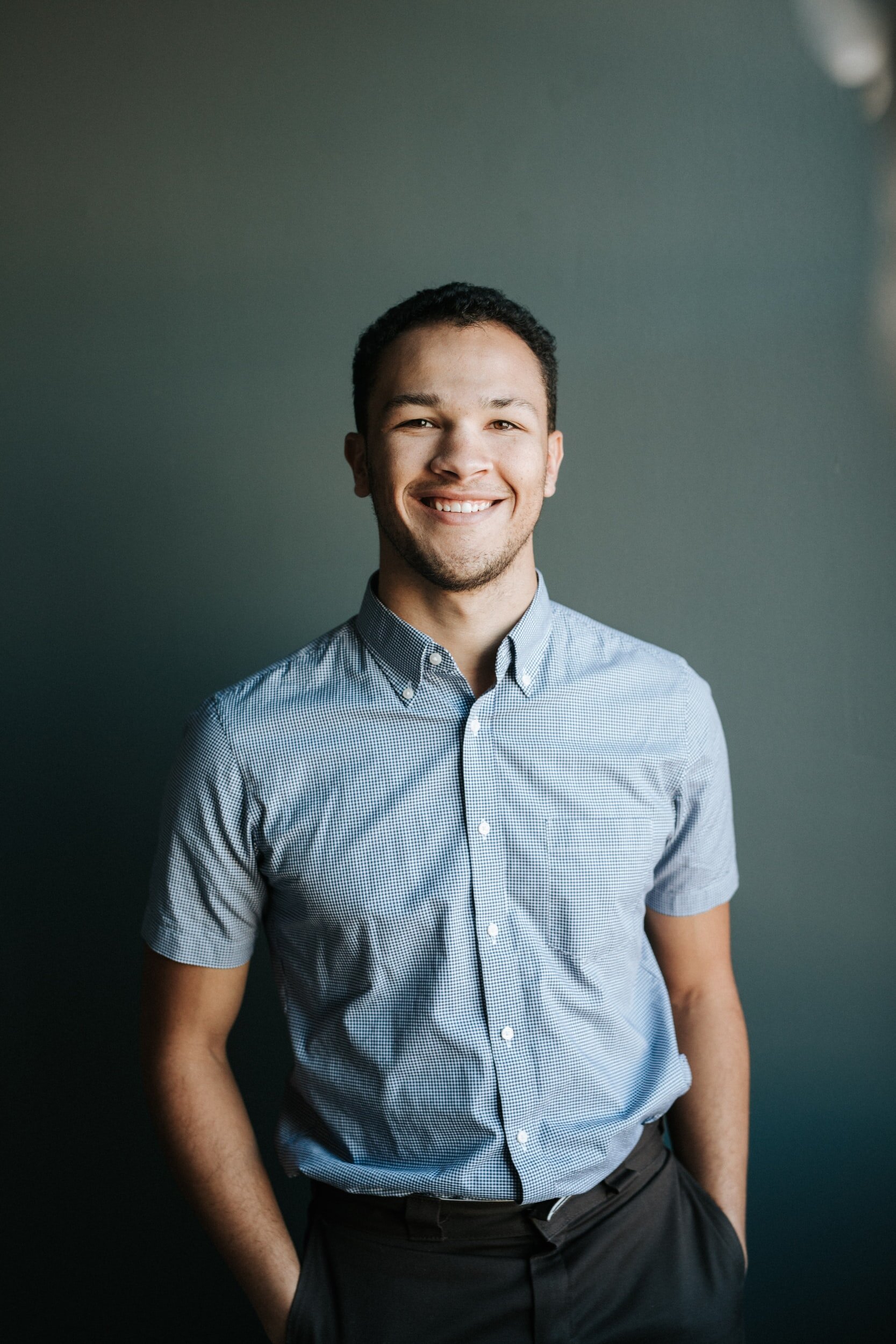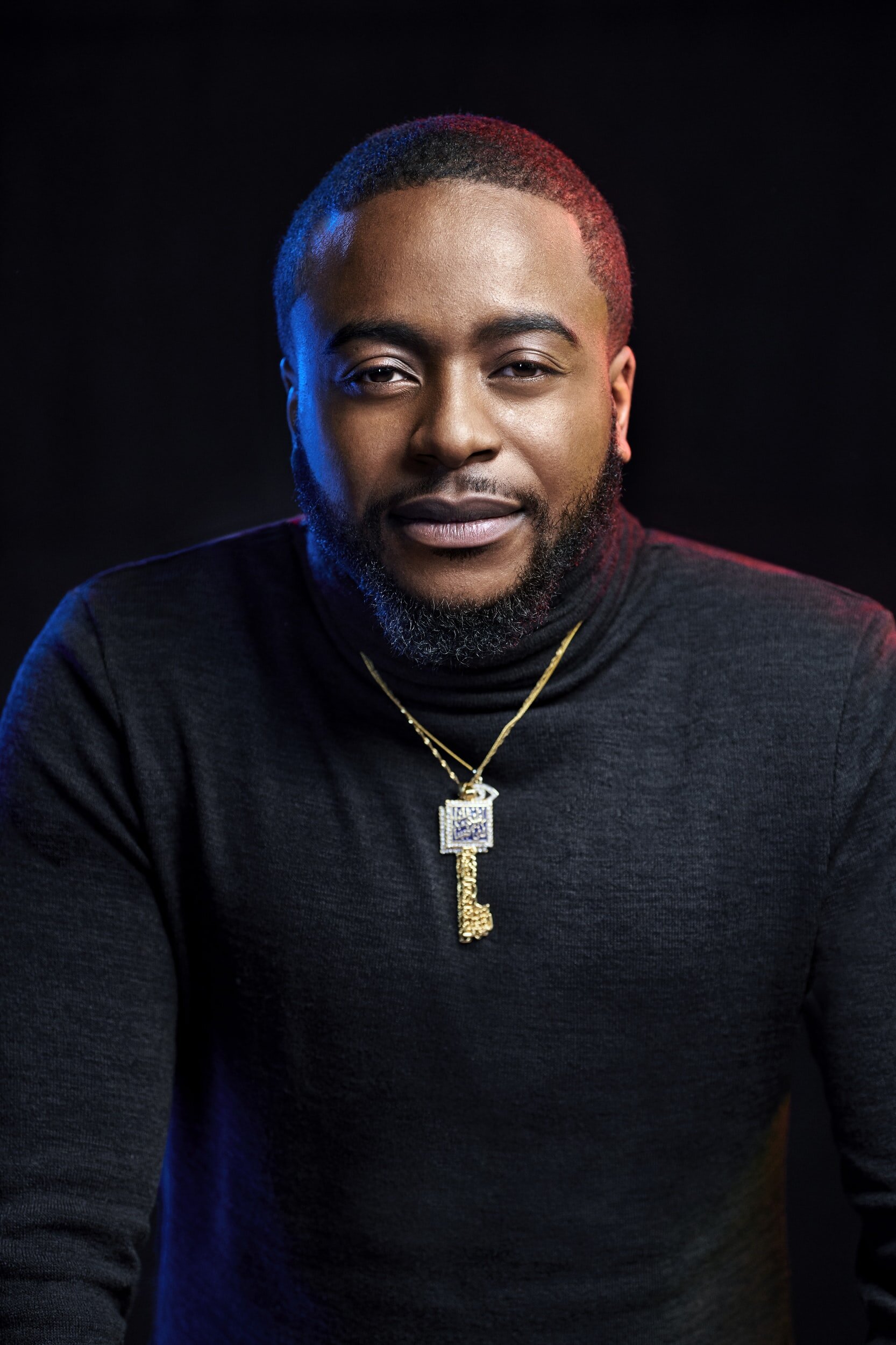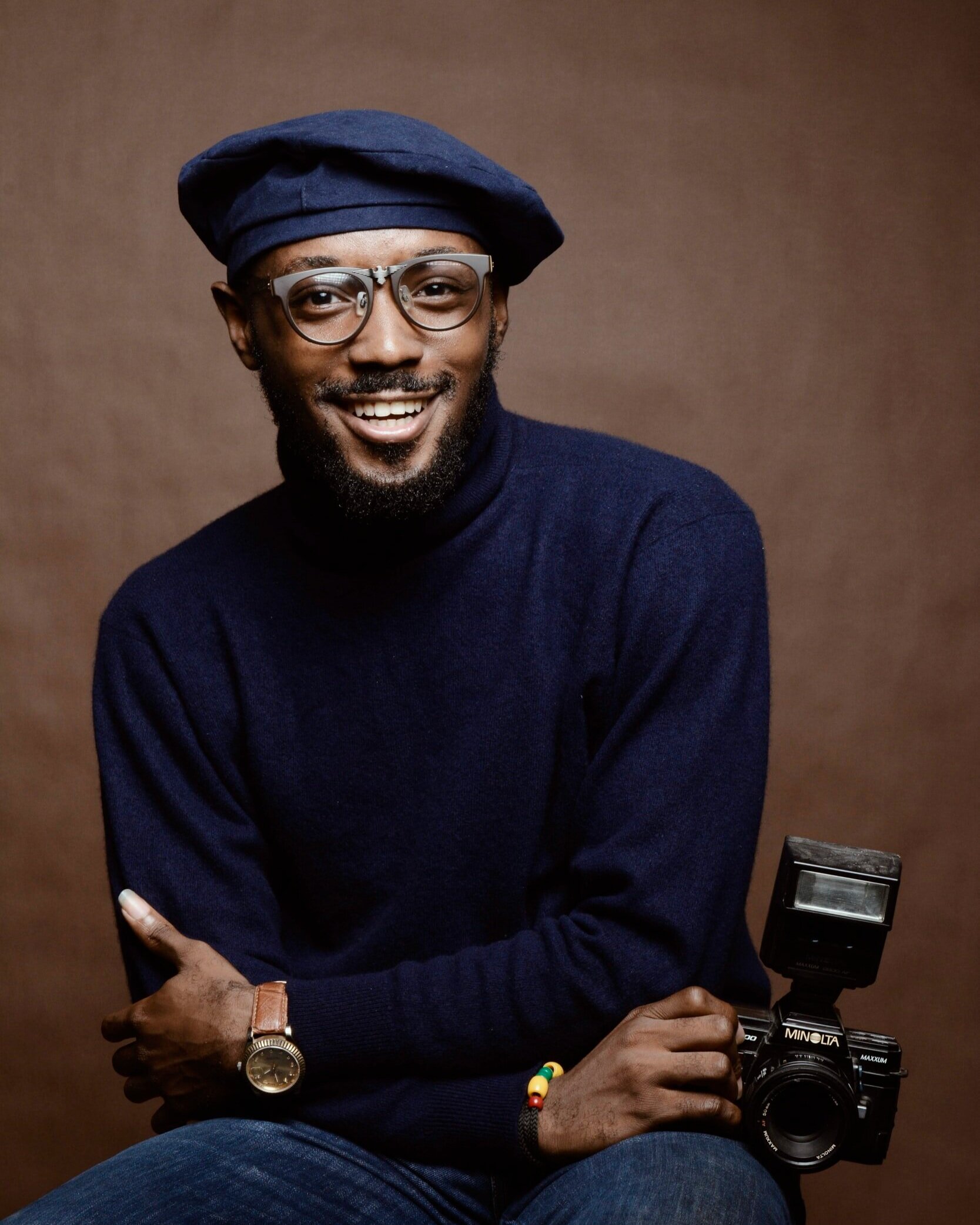How to DIY a great headshot for your website
A great headshot is a great first step to building a professional presence online. Your headshot can be used for flyers promoting your talks, in articles about your work, and on your lab and departmental websites. It can be your social media profile. Heck, it can be the holiday card that you send out to colleagues!
The goal is to create a headshot that is recent, flattering, and high-resolution. You should have a great smile and good color in your skin. Your personality should radiate from the image.
So how can you get a great headshot?
Great question! The easiest option is to hire a professional, who will have the equipment and training to ensure you get amazing photos that meet all of the criteria listed above. If you’re interested, we can help you make it happen.
But you don’t need a professional to achieve a professional-looking headshot.
Here we present some easy steps you can take to DIY a great headshot. All you need is a camera (or smart phone) and a friend to join the adventure. Even better, find a friend who also needs a new headshot, and you two can help each other out.
Ready? Let’s dive in!
5 steps to diy a great headshot
#1. Find a neutral background
In a headshot, the primary goal of the background is to disappear. The background should not compete with YOU for attention. It should be simple and help you POP.
A white wall is a little too clean, so try to find a nice grey wall. How about a brick wall? A wooden wall in a coffee shop? Or a row of hedges in your local park?
If it’s generally boring to look at, it’s a perfect fit for your headshot background.
#2. Stand far away from your background
Once you find your perfect background, make sure you stand at least TEN feet away from it, when you take your photo. This will help the background become blurry, as it forces your camera to focus on your face.
If you’re using your smartphone, stand as far away from your background as possible! Smart phones work extra hard to keep everything in focus, so stand really far away - or use the “Portrait” setting - to soften the background to a blur.
#3. Use natural light
Let’s avoid indoor lighting entirely! Indoor lighting can make your skin appear reddish, or greenish, or yellowish, depending on the bulbs. Instead, let’s harness the power of natural, full-spectrum light to help your skin and face GLOW!
You have a few options here: 1) Stand near a window with the light on your face, 2) Stand in a greenhouse with the light on your face, or 3) Stand outside in the shade. Avoid intense sunlight, which will make you squint and can create troublesome shadows.
Always make sure the light is on your face, never behind you!
#4. Wear simple, comfortable clothing
Much like your background, your clothing should be neutral, comfortable, and undistracting. Dark solids work best.
Avoid patterns and bright colors. Avoid clothes that are too tight, too loose, or generally uncomfortable. When you feel good in your clothing, it comes through in your smile.
When choosing the color of your outfit, keep your eyes and skin color in mind. Choose colors that work with your features, not against them!
#5. Allow plenty of time for play
Taking a great headshot takes time, so budget in an hour to play! Try different poses, and different backgrounds. Try smiling with your teeth showing and smiling without. Try putting your hands on your hips, crossing your arms, or resting on a table.
One of my favorite poses is to have clients sit in a chair and lean forward, which can help correct the posture and allows for great eye contact.
Take lots and lots of photos - and always edit them (the built in editor on your phone will do), to bring up the shadows and increase the color saturation.
Most importantly, HAVE. FUN. Because fun always translates to better images!
A great headshot is a great start to a professional (and compelling) presence online. There are a million ways to use your headshot online and, honestly, they’re really fun to create!
So grab your phone, and a friend, and head out this evening (or tomorrow morning) for a photo shoot. As a reminder, here are our tips:
1) Find a neutral background
2) Stand far away from your background
3) Use natural light (and light your face!)
4) Wear simple, comfortable clothing, and
5) Allow plenty of time for play
Now go forth and experiment, and let us know how you do! Send us your favorite image for a FREE headshot review! Just send your photo in an email to kika@impactmedialab.com, and I’ll get back to you within a day or two.
About the author
Impact Media Lab is a small-but-mighty creative team that helps scientists develop strategies for impact. We believe science can lead to seismic shifts in how we understand the world, but it takes great media (and rigorous strategy) to make it happen.









